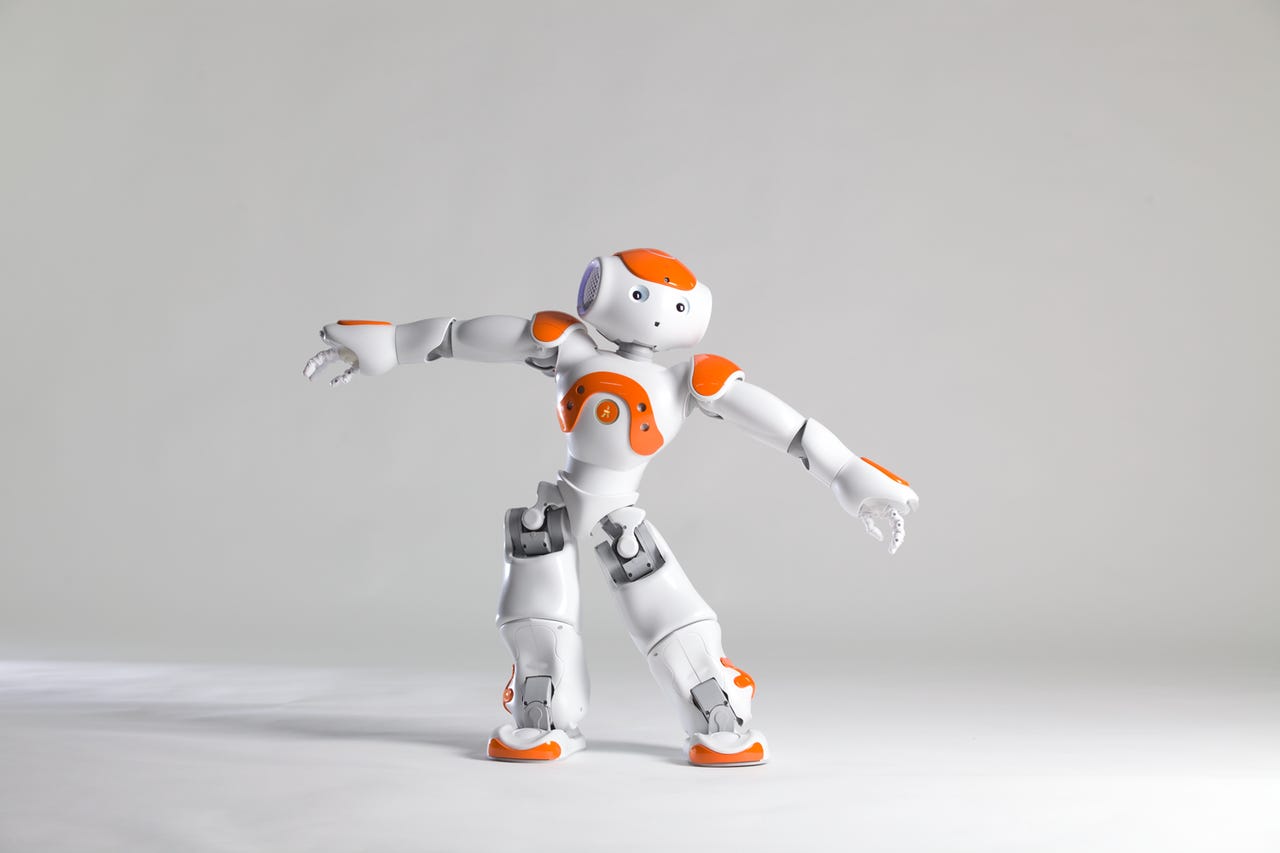Humanoid robots help hospitals schedule nurses and Navy select decoys


NAO is an endearing, interactive robot companion that can be personalized and used for lots of different tasks. The idea is to customize the bot, and it's been a big hit, with over 7000 sold.
We are often reassured that even though robots are automating many jobs, humans possess emotional intelligence and unique decision-making skills that can't be replicated. But new research proves that robots can actually be quite good at making tough choices, even when many factors complicate the matter. A team of researchers at MIT's Computer Science and Artificial Intelligence Lab developed a technique called "apprenticeship scheduling" to enable robots to help with scheduling in various workplaces.
The researchers equipped a Nao humanoid robot with the new artificial intelligence (AI) system and tested in two very different scenarios: a Navy simulation and a hospital's labor and delivery ward. Surprisingly, the very people who these decision-making robots could replace are now singing their praises. According to an MIT press release, one nurse said that it would "allow for a more even dispersion of workload," while another said that it would be particularly helpful for "new nurses [who] may not understand the constraints and complexities of the role."
The goal of the project is not to develop robots that fully make decisions on their own, but to give them the ability to assist overburdened employees. "These initial results show there is tremendous potential for machines to collaborate with us in rich ways that will enhance many sectors of the economy," says MIT professor Julie Shah, the senior author on two papers about the AI system. "The awkward robots of the past will be replaced by valued team members."
The researchers chose a labor ward because it represents a workplace where employees are faced with making split-second decisions based on many factors. Labor is naturally unpredictable, but hospitals only have a certain amount of space and a limited number of nurses working a particular shift. This means that head nurses have to try to predict when a woman will arrive in labor, how long labor will take, and which patients will end up requiring C-sections or other procedures.
The MIT team visited hospitals and found that while a few nurses were very good at scheduling, they had trouble teaching their colleagues the same skills. The robot, however, learned by observing the experts and then comparing good and bad choices to each other.
Robotics
"By considering all such comparisons, you can learn to recommend which action will be most helpful," says Shah. Once it was familiar enough, the robot suggested where to move patients and which technicians should be assigned to surgeries. Nurses agreed with the robots 90 percent of the time.
In a second demonstration, the same system was tested in a video game that simulates missile defense scenarios. Human players use the simulation to practice selecting decoys to prevent enemy missiles from attacking the Navy's ships. The goal is to mitigate as many threats as possible without wasting limited resources. The AI system occasionally outperformed human experts at reducing the number of missile attacks and overall cost of decoys.
In a paper, the researchers wrote, "We can say with 95 percent certainty that the apprenticeship scheduler outperformed the average human player for the majority of the presented missile defense scenarios."
A labor ward and navy simulation are two dramatically different scenarios, but in both cases, the automated scheduler proved to be a helpful assistant. The humanoid robot seems to be a bit gimmicky, but the decision-making algorithms could still be useful in many occupations. MIT researcher Matthew Gombolay says, "Being able to automate the task of learning from experts -- and to then generalize it across industries -- could help make many businesses run more efficiently."